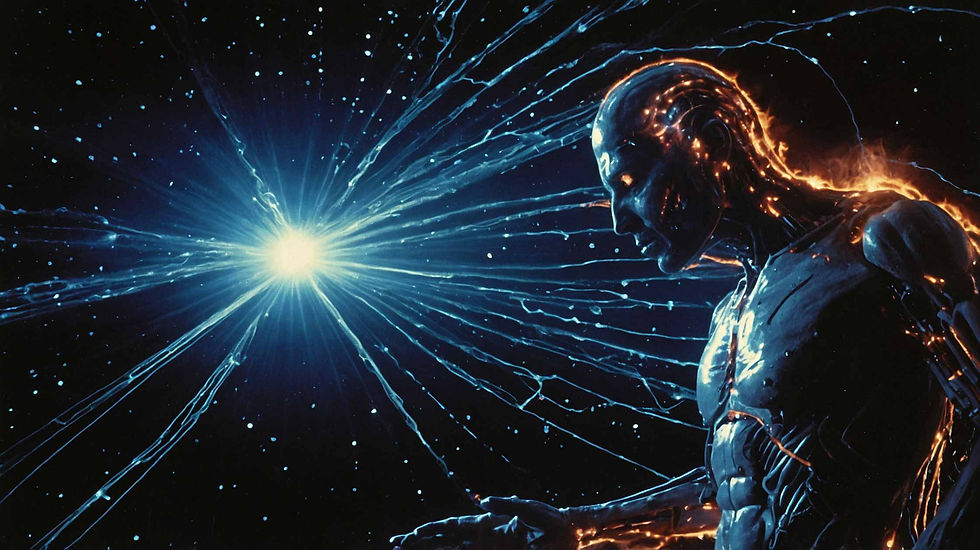
Dead Internet Theory: Navigating the Ghostly Echoes of AI in Our Online World
22 April 2024
Want your article or story on our site? Contact us here
In the vast expanses of the internet, a concerning phenomenon is unfolding—one that might not be immediately apparent but is profoundly shaping our digital experiences. The convergence of the Dead Internet Theory and the rise of poor-quality AI-generated content across platforms like Amazon, TikTok, and YouTube presents a unique challenge to the authenticity and quality of our online engagements. This article delves into how these developments are creating a mirage in what was once a bustling marketplace of ideas and genuine human interaction.

The Dead Internet Theory
The Dead Internet Theory posits a stark reality: much of what we perceive as online interaction is actually generated by sophisticated artificial intelligence systems. The implication is profound—our conversations, trends, and social engagements might not be as human as we believe. This theory taps into deeper fears about AI's role in our digital lives, suggesting that these platforms are less about human connection and more about engagement metrics manipulated by unseen algorithms. Whilst this may seem like science fiction or something out of a dystopian novel, with the rise of AI-generated content could this be a glimpse into our future?
The Surge of AI-Generated Content
Parallel to this is the undeniable surge in AI-generated content, which has become particularly prevalent on platforms like Amazon, where countless AI-authored books flood the market. These texts, often riddled with errors and devoid of genuine insight, are designed to capitalise on trends rather than contribute meaningful discourse or artistic expression. Similarly, on platforms like TikTok and YouTube, AI-driven videos can mimic trends and engage viewers, often bypassing the need for original human-created content.
Quality at Stake
The core issue with both phenomena is the decline in quality and authenticity. As AI becomes adept at mimicking human output, the line between genuine and artificial becomes blurred. This dilutes the quality of content, as quantity takes precedence over quality. For readers and viewers, this means navigating a minefield of mediocrity, where genuine creativity and insight become harder to distinguish from AI-generated fluff.

Ethical and Economic Implications
There are significant ethical implications to consider. If much of our online content is generated by non-human entities, what does that mean for our understanding of culture and creativity? Economically, genuine content creators are finding it increasingly difficult to compete in a market saturated with AI-generated content that can be produced faster and at a lower cost.
The Challenge for Platforms
Platforms like Amazon, TikTok, and YouTube face a daunting challenge. They must develop more sophisticated ways to detect and manage AI-generated content to maintain the integrity of their ecosystems. This is not just about filtering out low-quality content but also about defining what constitutes authentic human creation in the age of advanced AI.
Moving Forward
Navigating this digital mirage will require concerted efforts from all stakeholders. Regulatory frameworks may need to evolve to address the unique challenges posed by AI in creative spaces. Platform policies must prioritise transparency and quality over mere engagement. Finally, as users, our awareness and choices can drive demand for genuine, high-quality content, thereby influencing how these platforms evolve.
As we stand at this crossroads, the decisions we make today will shape the future of our world. Will we accept a ghostly echo chamber populated by AI, or will we demand a digital marketplace that values human creativity and genuine interaction? The answer lies in recognising the scale of this issue and collectively pushing for a digital environment that respects both the creator and the consumer.



